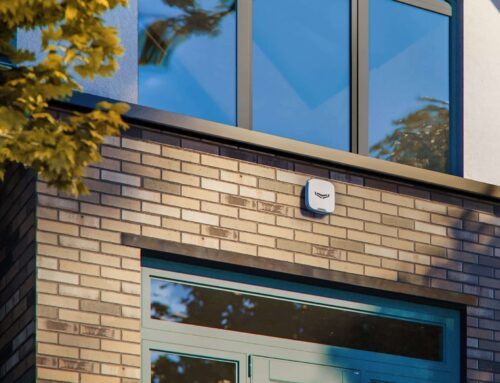Does Your Business Need a Leased Line?
Fed up with standard broadband? Prefer something faster? Something more tailored to the needs of your business?
A leased line could be the way forward.
And there are several good reasons to choose a leased line.
In this Guide to Leased Lines, we’ll look at them all in detail.
First, the basics.
Let’s dive right in…
What is a leased line?
A leased line is the fastest, highest quality internet connection available. And, if you install a leased line, your business will have its own private connection to the internet.
A dedicated line that you don’t have to share.
Of course, there are many upsides to that. Perhaps most importantly, you’ll be guaranteed consistent and reliable upload and download speeds.
Regardless of usage.
Why are they called leased lines?
The term ‘leased’ refers to the connection. You rent it directly from an Internet Service Provider (ISP). That’s why standard broadband pales in comparison to the service provided by an uncontested, full-duplex leased line.

How does a leased line work?
A leased line works by sending pulses of light down a fibre optic cable. It’s actually the same technology as fibre optic broadband.
The key part to this is that the data being transmitted is travelling at the speed of light. It cannot possibly travel any faster.
Therefore, the only restriction to data transmission is the equipment you use to send it.
Leased Line vs Broadband – What’s the Difference?
The main difference between broadband and a leased line is that a leased line is uncontended. It’s yours. And yours alone.
Broadband, on the other hand, is shared among users in a local area. Which, of course, means that if your neighbours are equally data-hungry, you’ll have to fight them for bandwidth.
Not ideal. Especially if you rely on fast data transmission.
The other major difference between broadband and leased lines is the upload and download speeds achievable.
Leased lines are symmetric. As the name suggests, that means the upload speeds match the download speeds.
As you’re no doubt aware, broadband is asymmetric. Whereby download speeds massively outweigh upload speeds.
Wait a minute. You said broadband can be fibre optic.
Yes, we did.
The difference is that broadband is not purely fibre optic. That’s the bit your broadband provider forgets to tell you.
Sneaky, ay?
With regular broadband, the cable from the exchange to your property is copper. And copper cable cannot transmit data anywhere near as fast as fibre optic cable.
A full fibre leased lines uses fibre optic cable all the way to your business premises.
Leased line speeds
So what speeds can you expect?
Well, that depends on the type of leased line you have. And, more importantly, your budget.
There are three options for business owners:
- Ethernet over FTTC – The cheapest option. It uses a mixture of fibre and copper to transmit data.
- Ethernet in the First Mile – The middle option. Similarly, it uses a full fibre connection from the exchange and a copper network to deliver a connection to your business.
- Full Fibre – The best (and most expensive option). It comprises a direct connection from your business to the ISP using purely fibre optic cables.
Here’s a quick overview of leased line speeds
Ethernet over FTTC
average
20Mbps
Ethernet First Mile
average
35Mbps
Full Fibre Leased Line
up to
10Gbps
Ethernet over FTTC has typical connection speeds of 20 megabits per second (20Mbps).
Ethernet in the First Mile averages connection speeds of 35Mbps.
Full fibre eclipses everything. It offers ultra-fast speeds of up to 10 gigabits per second (10Gbps).
A huge difference. But one that does come at a cost.
Advantages of a leased line
In a nutshell, then, why would you choose a leased line?
Let’s take a look…
Disadvantages of a leased line
Are there any reasons why you wouldn’t opt for a leased line?
Here are couple of considerations…
So does your business need a leased line?
Well, that depends on your business.
If your business uses VoIP phones and handles a large call volume, a leased line is preferable. Largely due to the more stable symmetrical connection.
A leased line is hugely beneficial if your business is heavily reliant on cloud-based applications. Or it needs to analyse large amounts of data in real time.
Furthermore, if your organisation transfers large amounts of data, you’re also a candidate. A leased line will ensure the fast response times that your business needs.




